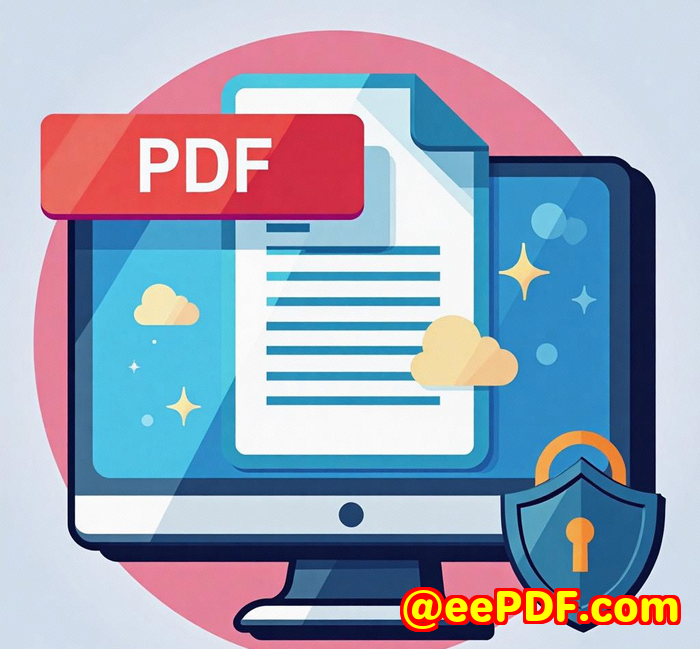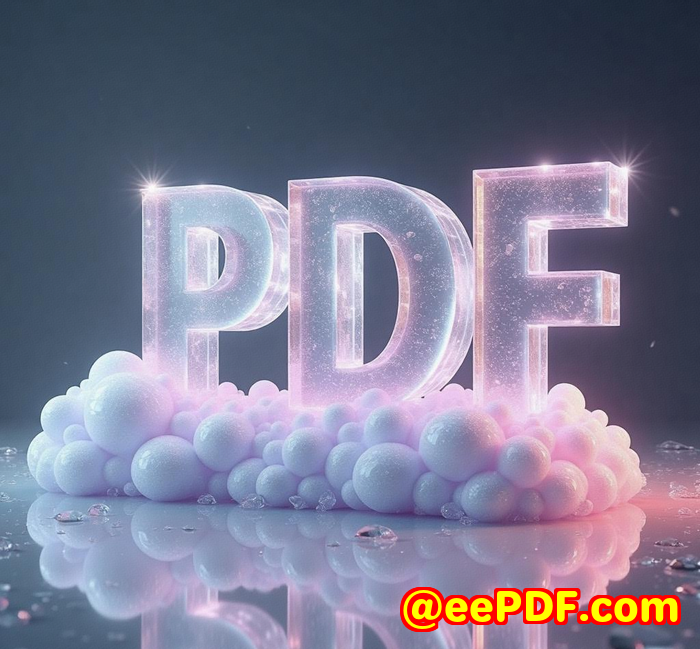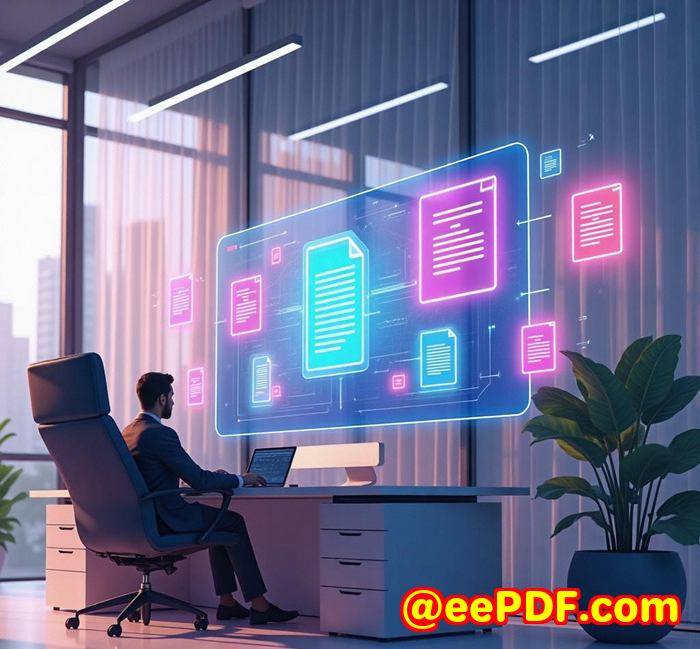Use imPDF API for Batch Processing Tax Returns, Medical Records, or Claims
Use imPDF API for Batch Processing Tax Returns, Medical Records, or Claims
Meta Description
Easily handle batch PDF processing for tax returns, medical records, or insurance claims using the imPDF Cloud PDF REST API. Fast, flexible, and developer-friendly.

Every accountant, clinic admin, and insurance clerk I know dreads batch PDF work.
You know the scene.
It's Monday morning.
Your inbox has 78 new filestax returns, medical reports, insurance claimsall in random formats.
One's a scanned PDF.
One's an ugly Word file from 2010.
Some clown sent a TIFF file.
The boss wants these sorted, converted, and archived before lunch.
Your old tools choke, crash, or cost you two hours of sanity.
I used to hate this grind.
That was before I found the imPDF Cloud PDF REST API for Developers.
Now I batch-process the lotfast, clean, and easywithout drama.
Let's break down why this changed my game.
Why I Started Using imPDF Cloud PDF REST API
I was hunting for a proper solution.
No dodgy free tools.
No clunky Windows-only software.
I wanted a cloud APIone that plugs straight into my apps and scripts.
What did I need?
-
Convert tax files to PDF/A for audit compliance.
-
Flatten medical records for storage.
-
Extract text and form data from insurance claims for our backend system.
-
Merge scanned forms into neat, searchable PDFs.
Sounds simple?
Not if you've wrestled other PDF APIs.
Most are either:
-
Overpriced.
-
Nightmare to integrate.
-
Missing key features.
Then someone pointed me to imPDF Cloud PDF REST API.
Game-changer.
So What's This Tool All About?
At its core, imPDF Cloud PDF REST API is a developer's toolbox in the cloud.
If your life involves handling piles of documentstax returns, patient files, claim formsyou'll love this.
What makes it work?
-
All PDF tools in one place.
-
Works with any language: Python, PHP, Node.js, C#, Javayou name it.
-
No local setup. No weird dependencies.
-
You call the REST API from wherever your code runscloud, desktop, server.
-
Clean JSON responses. Simple file handling.
Audience?
-
Tax professionals crunching annual filings.
-
Healthcare providers archiving patient records.
-
Insurance processors handling claim forms.
-
Dev teams automating PDF-heavy workflows.
Basically...
Anyone who's drowning in paperwork.
3 Killer Features I Actually Use (And You Should Too)
1. PDF ConversionFast and Flexible
I get weird file types every day.
Docx. Xlsx. PNG. Tiff. HTML.
With imPDF, I can batch convert these to proper, clean PDFsfast.
For example:
-
Tax return Word files PDF/A for proper audit storage.
-
Scanned TIFF medical forms PDF searchable via OCR.
-
Insurance claim photos (JPG) standard PDFs for archiving.
One simple API call. Done.
Other tools?
They choke or make you install plugins.
imPDF just workslike a pro.
2. PDF ExtractionForms, Text, Images
Ever need to pull claim data out of hundreds of PDF forms?
Yeah, me too.
The PDF Extract API lets me grab:
-
Form field values from tax documents.
-
Text and numbers from scanned reports.
-
Embedded images for client ID validation.
Example:
I ran 500 claim PDFs through the extractorpulled names, amounts, datesstraight into my backend DB.
No manual retyping.
No errors.
No coffee-fuelled misery.
3. PDF Optimisation & CompressionMake Files Light and Fast
Tax records and medical scans are huge.
Uncompressed PDFs clog storage and slow systems.
So I use:
-
Compress PDF API to shrink files by 70%.
-
Linearize PDF API for fast web preview.
-
Flatten Layers/Annotations API to lock down final versions.
One of my biggest wins:
A hospital client had 1,200 patient PDFs80GB total.
After imPDF compression?
Just 18GB.
Massive storage savings.
Massive smiles all round.
How It Saved My Sanity (And My Weekends)
Before imPDF:
-
I'd spend Fridays manually merging tax docs.
-
Extracting form data from PDFs? Nightmare.
-
Half my tools didn't support PDF/Acosting clients in audit risk.
After imPDF:
-
I script batch conversionstax returns done by lunch.
-
OCR runs in the cloudmedical records searchable in minutes.
-
API Lab lets me test calls livebefore coding.
I even run my automations from a Raspberry Pi server at home.
That's how portable and lightweight this API is.
How Does It Stack Up vs Other Tools?
Let's be real.
Adobe PDF Services API?
Pricey. Locked down. Heavy.
Small PDF/Online tools?
Not for serious batch work. Limited features. Privacy nightmare.
Open-source libraries?
Good luck finding one that does all thiscleanlyin the cloud.
imPDF Cloud PDF REST API?
-
Cheap to run.
-
Cloud-native.
-
Complete toolbox.
-
Dev-friendly.
It fits my workflows like a glove.
What Can You Actually Do With It?
Here's where I use imPDF weekly:
-
Batch convert tax filings to PDF/A for HMRC audits.
-
OCR 500+ scanned insurance claims for data extraction.
-
Extract forms data from medical recordsfeeding right into our EHR system.
-
Compress hospital scan PDFs to save storage costs.
-
Merge patient reports into yearly archivesfor legal storage.
-
Watermark final tax reports before sending to clients.
And the best part?
I automated the whole thing.
Cron job. API call. Results.
No human fingers needed.
Why Developers (Like Me) Love This API
-
Simple REST structure.
-
Curl, Python, PHPall easy.
-
Clean docs.
-
Live testing via API Lab (life-saver!).
-
JSON output. No weird formats.
Want proof?
Here's how easy it is to convert a Word doc to PDF:
See?
No drama.
Is It Worth It? 100%
Honestly...
I don't recommend many dev tools.
Too many are bloated, flaky, or overpriced.
But imPDF Cloud PDF REST API is one of those rare wins.
If you handle:
-
Tax returns
-
Medical records
-
Insurance claims
...you need this.
It'll save you time. Money. Headaches.
Click here to try it for yourself:
Start your free trial and clear that PDF backlog.
Custom Development Services by imPDF
Need something special?
Like a custom PDF printer driver?
Or a tool that watches all print jobs in your office?
imPDF offers custom dev for:
-
Windows, Linux, macOS
-
Python, PHP, C#, .NET, Java, JS
-
Virtual PDF printers
-
Document hooks and API monitors
-
OCR, barcode, digital signatures
-
Cloud doc processing and storage
-
PDF security, DRM, encryption
Want your own tailored PDF tool?
Reach out here: http://support.verypdf.com/
FAQ
Q1: Can I batch process hundreds of PDFs using the imPDF Cloud PDF REST API?
Yes. The API is designed for high-volume batch operationsperfect for tax returns, medical records, or claims processing.
Q2: Does the imPDF API support converting PDFs to PDF/A for long-term archiving?
Absolutely. PDF/A conversion is one of its key features, ideal for legal or audit compliance.
Q3: Is OCR included for scanned PDFs?
Yes. You can convert scanned image-based PDFs into searchable text-based PDFs using the OCR PDF API.
Q4: Can I merge multiple files into one PDF?
Yes. The Merge PDF API lets you combine any number of PDFs into a single document.
Q5: Is there a way to compress large PDF files for easier storage and sharing?
Definitely. The Compress PDF API reduces file size without affecting content quality.
Tags/Keywords
imPDF Cloud PDF REST API
Batch process tax returns PDF
Medical records PDF automation
Insurance claims PDF processing
PDF/A conversion API
PDF OCR API
Compress PDF API
PDF REST API for developers
Extract data from PDF forms
PDF document automation



